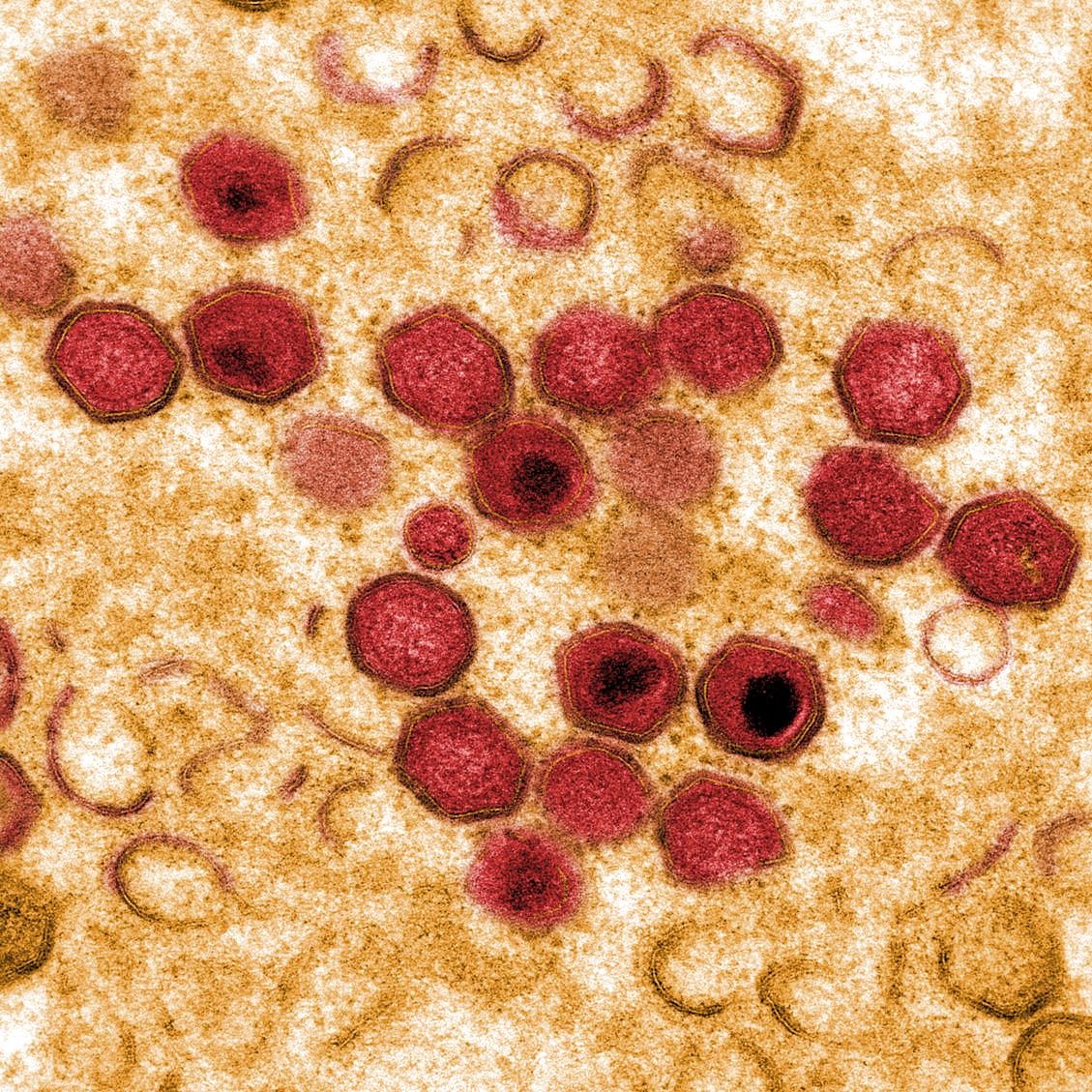African swine fever: how can global spread be prevented?
African swine fever (ASF) is a devastating haemorrhagic fever of pigs with mortality rates approaching 100 per cent. It causes major economic losses, threatens food security and limits pig production in affected countries. ASF is caused by a large DNA virus, African swine fever virus (ASFV). There is no vaccine against ASFV and this limits the options for disease control. ASF has been confined mainly to sub-Saharan Africa, where it is maintained in a sylvatic cycle and/or among domestic pigs. Wildlife hosts include wild suids and arthropod vectors. The relatively small numbers of incursions to other continents have proven to be very difficult to eradicate. Thus, ASF remained endemic in the Iberian peninsula until the mid-1990s following its introductions in 1957 and 1960 and the disease has remained endemic in Sardinia since its introduction in 1982. ASF has continued to spread within Africa to previously uninfected countries, including recently the Indian Ocean islands of Madagascar and Mauritius. Given the continued occurrence of ASF in sub-Saharan Africa and increasing global movements of people and products, it is not surprising that further transcontinental transmission has occurred. The introduction of ASF to Georgia in the Caucasus in 2007 and dissemination to neighbouring countries emphasizes the global threat posed by ASF and further increases the risks to other countries. We review the mechanisms by which ASFV is maintained within wildlife and domestic pig populations and how it can be transmitted. We then consider the risks for global spread of ASFV and discuss possibilities of how disease can be prevented.
Back to publications
